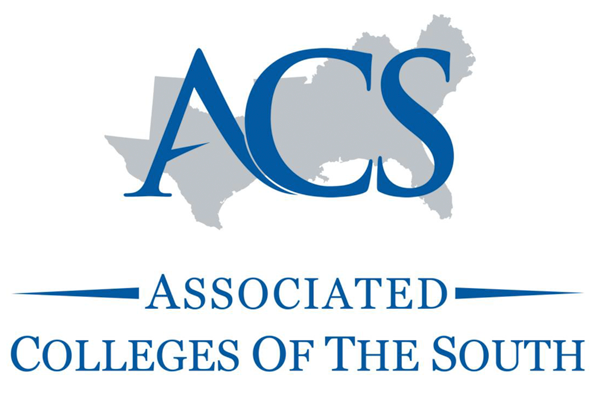Monday, September 13, 2021
by Jerry Salley
In Charleston, South Carolina, an artisan weaves blades of dried sweetgrass into a beautiful basket, discussing the craft that enslaved people from West Africa brought to the Lowcountry plantations and that the Gullah community preserved through the generations.
Across the state, in Greenville, more than a dozen members of the Furman community discuss the pain of racism and the school’s efforts to recognize its history and create a more equitable future.
Both stories were filmed by student documentarians from Furman. And both documentaries were honored with Southeast Student Production Awards – otherwise known as the Student Emmys – by the National Academy of Television Arts and Sciences.
This year was the first time that Furman participated in the competition, notes Mary Sturgill, media specialist and communication studies instructor, who advised both student filmmakers.
“One of the things I love about teaching here, especially when I teach digital storytelling, is seeing how students develop their voices as storytellers,” Sturgill says. “And these awards just show the growth that these students had from the beginning of the semester to the culmination of the project.”
Alexis Hildenbrandt ’22 and Luke Harvin ’21 worked as one-person crews for their projects, handling video, sound, editing and narration, using equipment from the communication studies department’s media lab.
Hildenbrandt, who grew up in Myrtle Beach, South Carolina, was inspired by memories of family trips to Charleston.
“I knew exactly when we got to Charleston because of the vendors who lined the highway selling their sweetgrass baskets,” she says. “I always was intrigued by the art of the sweetgrass baskets. I knew there was a deep culture; I just didn’t know all of the details.”
Sturgill’s class in digital storytelling, which Hildenbrandt took remotely during the pandemic, presented the perfect opportunity to learn the details firsthand, since she had to produce all of her projects near her home. Her four-minute documentary features interviews with two prominent Lowcountry basket-weavers, Nancy White and Kisha Kinard. “The History of Sweetgrass Baskets,” which won a Student Emmy in the Arts and Entertainment/Cultural Affairs category, features the two women explaining the evolution of sweetgrass baskets from utilitarian plantation implements to works of art, and how the craft itself is woven into the history of Charleston.
“I loved the journey of conducting interviews, filming B-roll and editing it all together,” says Hildenbrandt, who hopes to find a career involving video production after graduation. “The final product felt like my baby, and I was so proud of how it turned out.”
“Race, Recognition and Reconciliation,” Harvin’s project, sprang from his attempt to understand the experiences of people of color in a primarily white university. He worked on the documentary during an independent study project with Sturgill.
Harvin says he wanted the thoughts, feelings and emotions of marginalized students on campus to be heard.
“I knew it was going to be hard, that some people might disapprove of the project, but I also knew that it was a story that needed to be told,” he says.
The conversations he filmed included students, professors, coaches and administrators, including Furman President Elizabeth Davis. He hopes the conversations continue.
“I am proud of the people who shared their stories of pain, anger, fear and heartache,” he says. “I truly believe that we have to keep asking questions and hold the university accountable to live up to being a diverse and inclusive community.”
Harvin’s 30-minute film won in the Nonfiction – Long-Form category. Although his future may not involve professional filmmaking, he acknowledges that the project nevertheless had a lasting impact.
“The conversations I had and the skills that I learned while producing this film will stick with me in whatever it is I choose to do,” he says.
